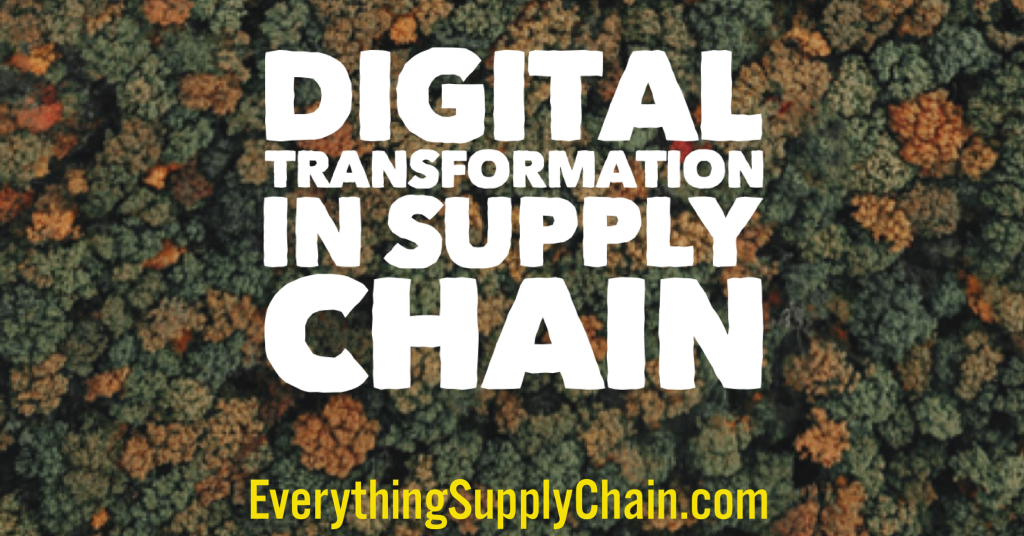Accepting the Need for Change – Why Must We Change!
Accepting the Need for Change
by Dwight Comer CPIM CIRM CSCP
I guess I’m something of an old fashion guy because I love the old movies. Now one of my favorite scenes from the one of those movies is the one from “The Longest Day” where Robert Mitchum is playing the part of Brig Gen Norman D Cota, Commander of the 28th Infantry Division whose men were floundering on Omaha Beach in June of 1944 when he says, “There only two types of people who are going to remain on this beach, those who are dead and those who are gonna be dead!” The key thing is that this was a leader who recognized the need for change. They couldn’t stay were they were, they must move on. Unfortunately a similar statement could be applied to business today. There are only two types of businesses that won’t be changing, those that are out of business and those that will soon be going out of business. All other organizations must change.
The obvious thing is that recognizing the need for change is the simple part, the hard part is figuring out which direction to go and what to do about it. The first thing is building a vision to change. That means having an understanding of roughly where the organization needs to go. From that is the need to create a case for change. “Why must we change!” Also, what steps must be taken in order to undertake change and establishing the roles and finding the right people to undertake those roles.
There are three types of change that virtually every organization must deal with. The first is “Developmental Change” which is the kind of every day change that we all experience. The second is “Transitional Change” which involves consolidating and reorganizing. However, the most devastating is “Transformational Change” which is a radical change in both mindset and behavior. This generally comes about because the need for change was ignored too long and now the forces of nature have set in against your company. From here on out it will require an all hands effort to try and save the store.
When you reach the level of transformational change there is no longer the luxury of carrying those people who are unable or perhaps unwilling to pull in the same direction that the organization needs to go. So as a result, their services will no longer be needed. This is especially true with those in a leadership position. It is unfortunate that people who believe they are a key part of management can’t see what the future demands.
Resourcefulness becomes ever so necessary; one key to pulling through this critical time is to make use of what is known as the informal change network. These are key players who exist at various levels and key areas in the organization. They are enlisted because of their enthusiasm and ability to see the value in the change vision. They can communicate support for change and bring back information helpful for directing the change. This is an aspect that must not be overlooked.
At the more formal level are the cross functional teams who become the very heart and soul of the change management process. These are the nuts and bolts people who have the know-how to link to the new behaviors and cultures that will be required for the competitive advantage that all organizations need.
Now this brings us to a very important point. Where does a company get people capable of making these types of contributions? People who have a passion for things like: lean manufacturing, six sigma and supply chain management. This question is especially relevant when many colleges are not really focusing on these all so critical skills. Well, there just happens to be a low cost and very readily available solution. It’s internet sites like Supply Chain Today that today’s changing market place requires. As members of these conversations you and I am that rare commodity that businesses need in order to succeed. So it’s up to us as business leaders and just plain members to take advantage of what we have to offer and make sure decision makers don’t overlook a key element to getting off the beach. Let’s continue to move forward through business collaboration.







